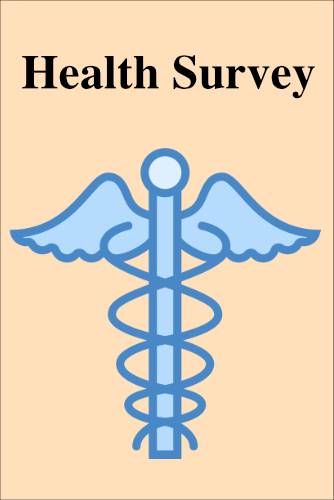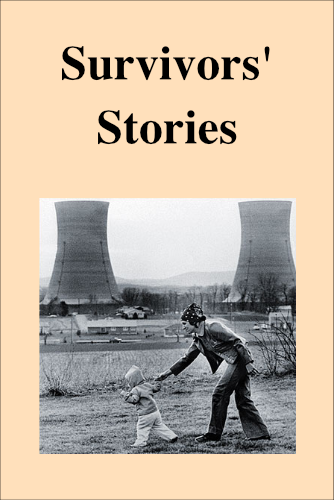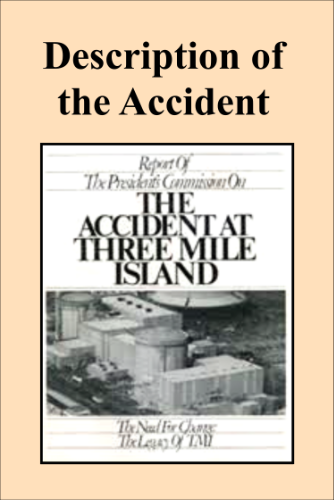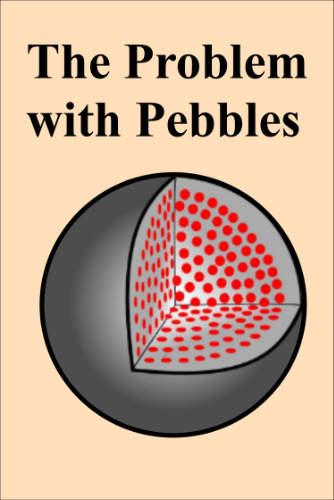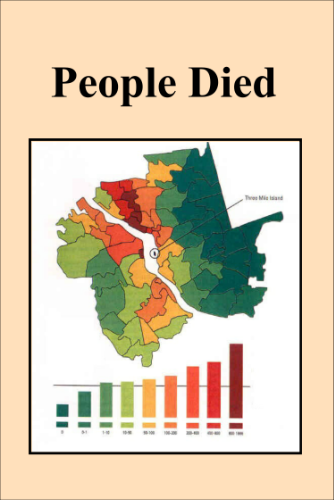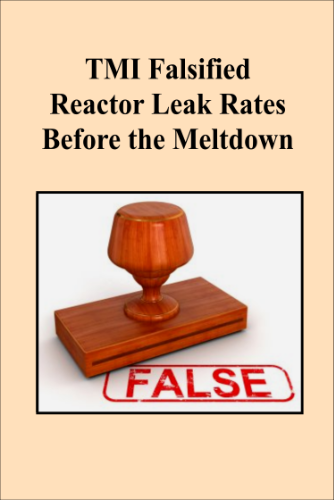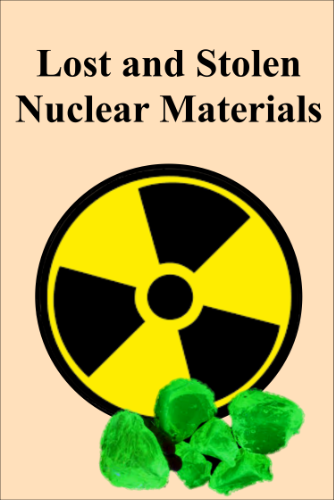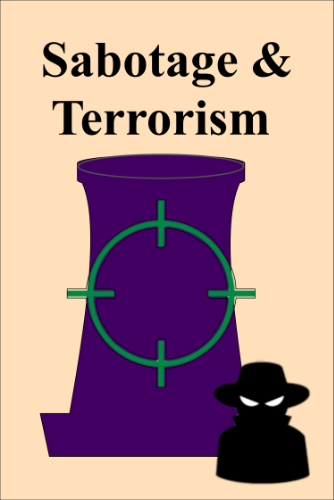FOR IMMEDIATE RELEASE
Regulatory Inadequacies Threatening U.S. Nuclear Reactor Safety Detailed in New Markey Report
“Fukushima Fallout” Reveals Breakdown in Emergency System Regulations Exposed Since Japanese Reactor Meltdown
WASHINGTON, D.C. –Congressman Edward J. Markey (D-Mass.), a senior member of the Energy and Commerce Committee and the top Democrat on the House Natural Resources Committee, today released a report prepared by his staff at his direction entitled “Fukushima Fallout: Regulatory Loopholes at U.S. Nuclear Power Plants”, a summary of Nuclear Regulatory Commission (NRC) regulatory inadequacies, practices and decisions that impair effective nuclear safety oversight in the United States.
The report, created in the wake of the Japanese catastrophe, highlights the following key findings:
- Widespread malfunctions and inoperability of emergency diesel generators at nuclear power plants
- The absence of emergency back-up power requirements at some spent fuel pools
- The absence of requirements to prevent hydrogen explosions at reactors and spent fuel pools
- Outdated seismic safety requirements, even as applications for new licenses and license extensions for many nuclear reactors continue to be processed by the NRC.
“It is apparent that many of the failures of the reactor cooling systems and measures to prevent explosions that led to the meltdowns in Japan could also occur in the United States, and would not even be violations of current regulations,” said Rep. Markey. “This is unacceptable, and I believe that the NRC must halt its processing of all pending nuclear reactor licensing applications until these vulnerabilities are fully remedied.”
The report concludes that “An examination of NRC regulations demonstrates that flawed assumptions and under-estimation of safety risks are currently an inherent part of the NRC regulatory program, due to a long history of decisions made by prior Commissions or by the NRC staff that have all too often acquiesced to industry requests for a weakening of safety standards. Coupled with reports that the near-term inspections being conducted at United States nuclear power plants may be limited in scope and subject to restrictions on public disclosure, it would be unwise to move forward with any pending licensing actions before the NRC fully completes its review and upgrades its safety requirements.”
A copy of the full report can be found HERE.
Rep. Markey recently introduced legislation to overhaul nuclear safety. The Nuclear Power Plant Safety Act of 2011 will impose a moratorium on all new nuclear reactor licenses or license extensions until new safety requirements are in place that reflect the lessons learned from the Fukushima reactor meltdown.
Rep. Markey has served on the Committees that have oversight over the NRC and the nuclear utility industry since 1976. For more than three decades, Rep. Markey has worked to secure nuclear power plants and ensure the public safety in the event of a nuclear disaster. In 1979, before the Three Mile Island accident occurred, Rep. Markey introduced legislation providing for a three year moratorium on licensing of new nuclear power plants until a top to bottom safety analysis on nuclear reactors could be performed. In 1982, he chaired a hearing on the distribution of potassium iodide. In 1986, he chaired hearings on the causes and consequences of the disaster at Chernobyl. Following the terrorist attacks of Sept. 11, 2001, Rep. Markey passed a law to strengthen security for nuclear reactors and materials, and a law providing for distribution of potassium iodide to those living within 20 miles of a nuclear reactor. In 2010, he requested a Government Accountability Office investigation into the resiliency of nuclear power plants to earthquakes and other natural disasters. And several days before the earthquake in Japan, Rep. Markey raised concerns regarding the seismic resiliency of the Westinghouse AP1000, a new nuclear reactor whose design is currently pending before the NRC.




